Highlights: Dochula Pass, The Temple of Fertility, The Punakha Dzong, The Wangdiphodrang Dzong and Namgay Monastery
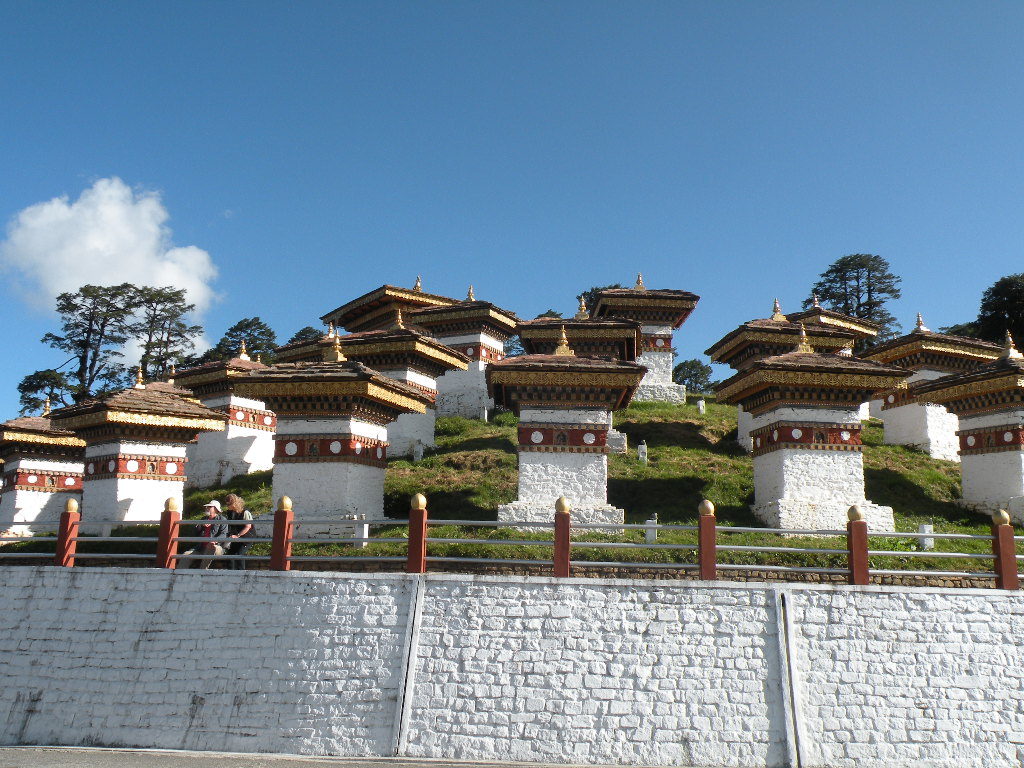
Heading to Dochula Pass
We managed to head out of Thimpu late afternoon and were on the road by 3.00 PM for the next leg of our trip. The terrain from Punakha to Thimpu is different. You basically ascend till Dochula pass, driving on long winding roads. The road is flanked by beautiful pine forests. The highway is fairly narrow with just enough space for single lane traffic.
Our driver was an ex-employee of the Ministry of Labor who now ran a taxi business. He had actually done his education in Bhopal! In fact , most of the locals that we encountered in Bhutan had spent some years in India for the purpose of work or education.
We were soon in Docula pass which is most popular for its view of the Himalayas and the 108 victory chortens that form a traffic island. It was quite chilly and the view of the snow-capped peaks only made you feel colder.
After spending 10-15 minutes admiring the view , we started our descent into Punakha Valley.
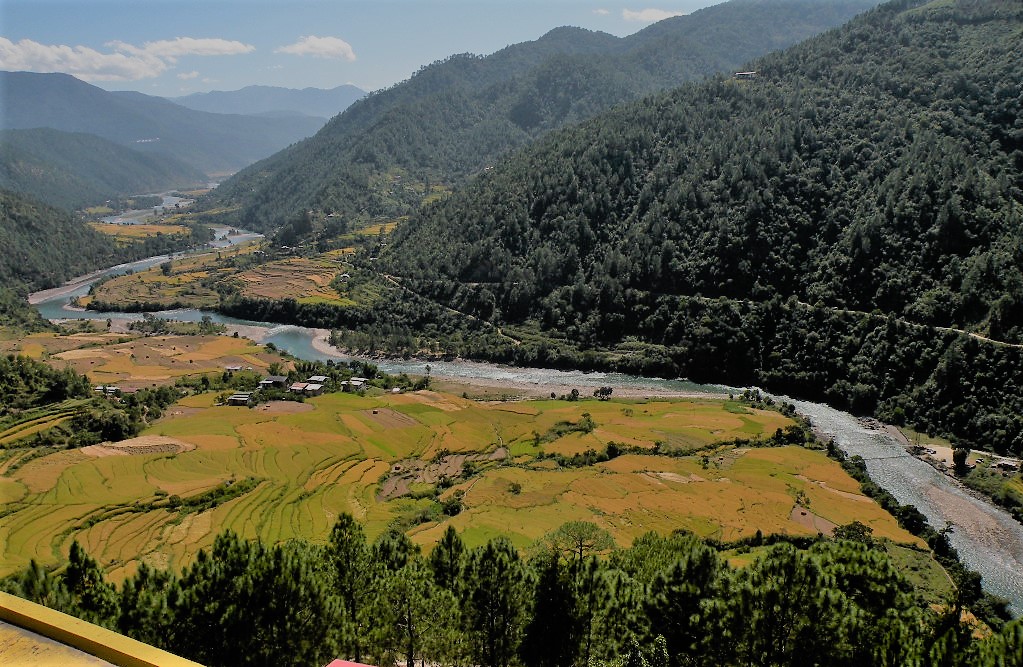
In Punakha Valley
Punakha lies lower at an altitude as compared to Thimpu and its hillsides are dotted with beautiful terrace fields of paddy.
As we neared Punakha, the beautiful Punakha river came into view. It had the loveliest aquamarine color and the white sands of the banks only increased the contrast. We stayed at Damchen resorts which is on the river bank. Our room had a nice view of the river and when you kept the windows open you could hear the soft gushing of the river.
Our first evening, we walked to the local Khurtan Temple near the hotel. We were just in time for the evening prayers and got a chance to see the monk apprentices in action as they started the evening chants. This was a calming end to our long day.
Things to note: Punakha was a tiny little town back in 2008 when we visited. Even then it was really popular with outdoor adventurers. Riverside camping, biking in the valley and river rafting are totally a thing here. Kapil and I who are definitely not into adventures sports just stuck to a lot of hiking up and down the monasteries.
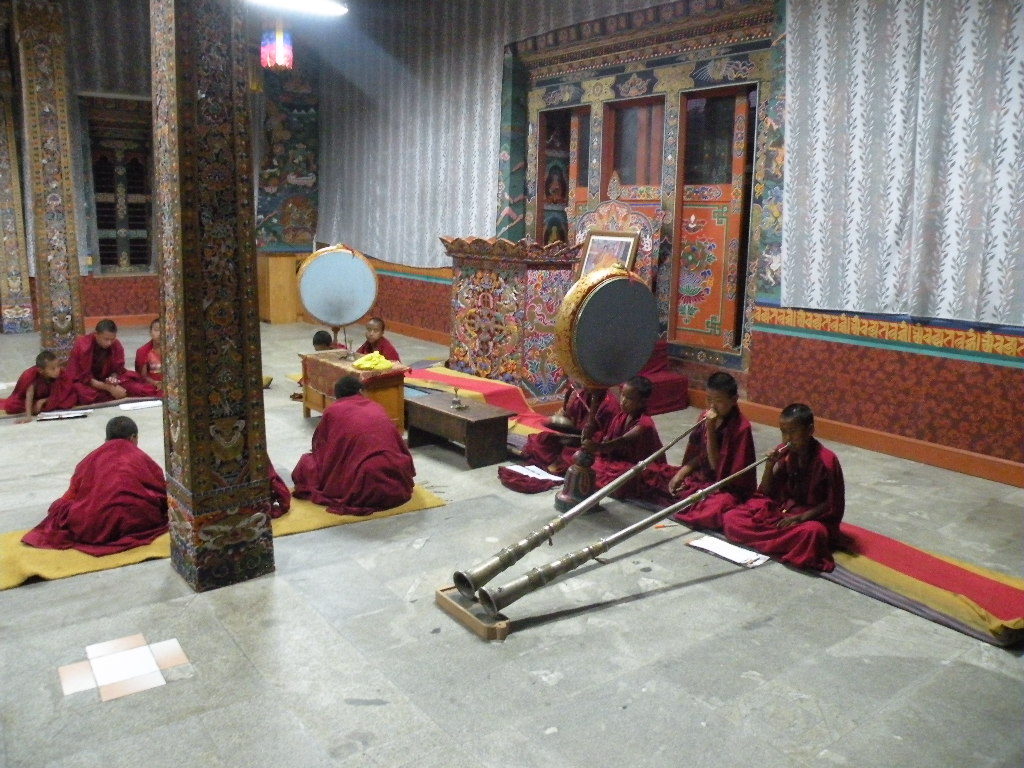
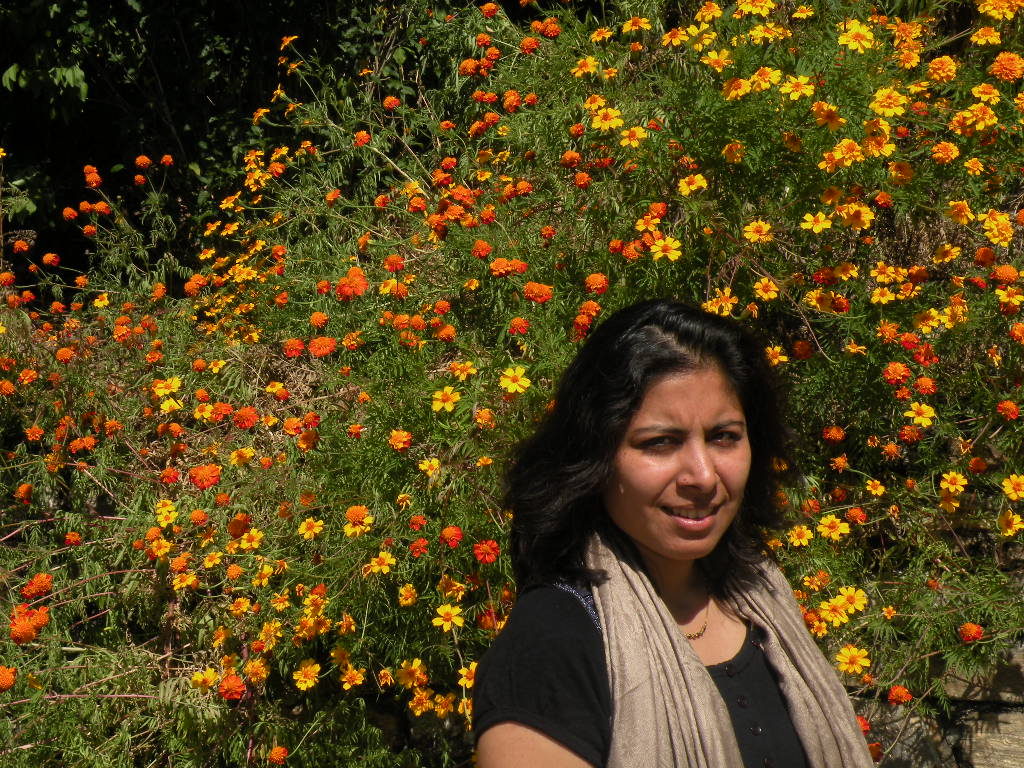
Hiking to Namgyal chorten
Our first major trek was up to the Khamsum Yuelley Namgyal Chorten which we highly recommend. A taxi will take you to the river crossing and from there it is a 90-minute hike up to the peak. The first few hundred meters is through flat winding fields, then the ascent begins. The only thing that kept us going was the view of the river and the fields which just kept better with every step!
Once at the top, we got a chance to see all the four levels of a traditional Buddhist chorten. I am not much of a history or art expert so a lot of things that the monk explained was lost on me. But I do remember that the ‘prasad’ or the ‘offerings’ to the gods consisted of packets of spaghetti, cream biscuits, instant noodles and so on!
The terrace level was basically empty with a small chorten for Lord Buddha. The view from the top was breathtaking. You would think that if there was a place like heaven then this is how it would look ( see picture above).
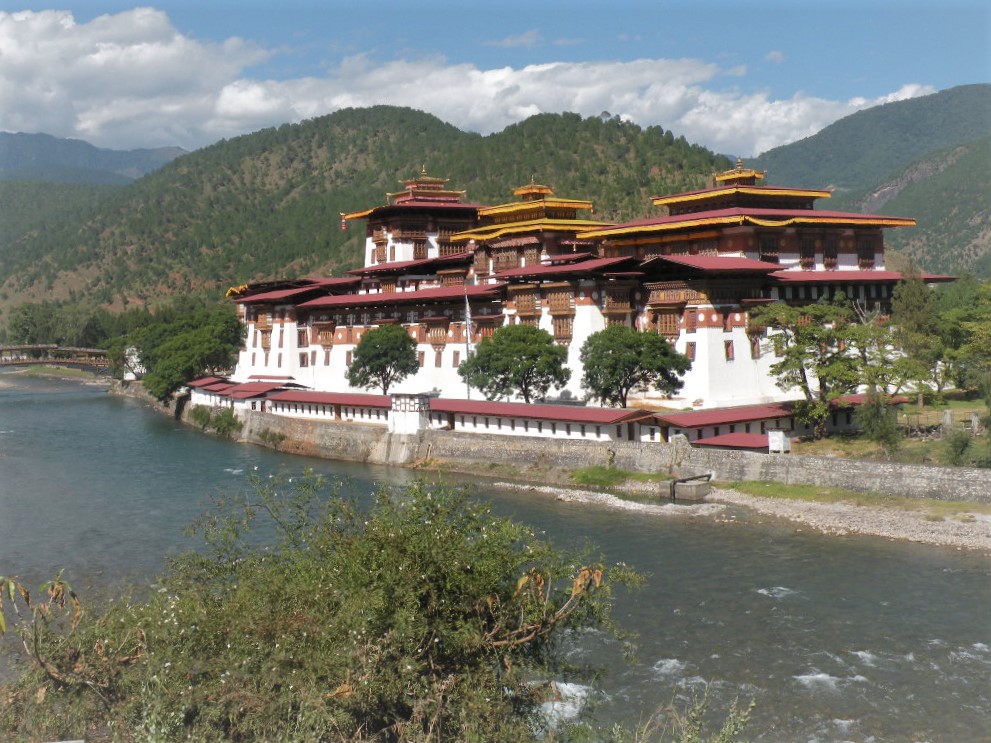
Punakha Dzong
As we drove towards the Punakha Dzong, the next stop on the itinerary, our road ran parallel to Ma Cho ( the female part of the Punakha river – don’t ask!). I must have clicked a dozen photographs of it, but I don’t believe I did justice to the place. The one thing that I noticed that unlike India you don’t see people bathing or washing clothes in the river. The banks are bare. Apparently, the Bhutanese people believe that some river monster lives in the river and will devour them if they enter it. Either that or the rivers are deathly cold and have fast currents and its plain foolishness to enter them!
The Punakha Dzong is built at the confluence of Ma Cho and Pa Cho that combine to form the Punakha river. From a distance, it looks like a battleship anchored at the coast.
The Dzong’s were earlier houses for monks or the royal family. Today they mostly serve as government offices. The Dzong is typically a complex of courtyards and temples. The outer courtyard is the one that is usually open to the public. The inner courtyards have dormitories for the monks and are generally considered as private places. Separating the courtyards are these huge structures in which the temples are situated. Elaborate murals decorate all entrances.
Travel Tip: Entrance to this dzong requires permits that are available in Thimpu

Other things of note in Punakha Valley
As compared to the Punakha Dzong, the Dzong at Wangde is really ancient. It’s very old, the support beams are sagging, the floor is uneven and worn. It is more of a monastery than an official complex. Underage monks run here and there, playing in the sun, and an aroma of the evening meal wafts through the air. It leaves a deeper impression than the new and shiny Punakha Dzong.
(Note: Wangde Dzong burnt down in a fire a few years ago and is undergoing massive reconstruction)
The last stop of the day was ‘The Temple of Fertility’ – a temple dedicated to procreation! It’s one of the most revered places in Bhutan where childless couples come to pray for the gift of a child. It was set up by Drupa Kinley, the ‘Divine Madman’ whose philosophy on religion and abstinence were little different from what you would think of a monk. The temple is situated on a small hilltop and can be accessed by a kilometer-long hike through the farms. The round-trip to the temple and back will take an hour and a half.
The landscape is so beautiful as if painted. Inside the temple, you can ask the lama to bless you with Kinley’s bow and arrow and wooden phallus. The phallus is denoted as the symbol of fertility and prosperity and an image is often found painted on the outer walls of houses all over Bhutan. Kapil did manage to take a couple of photos without looking too conspicuous, but I am sure that the locals are used to this by now 
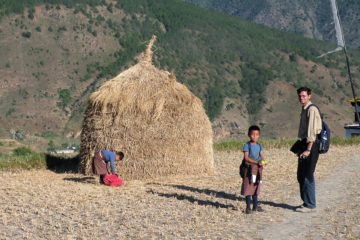
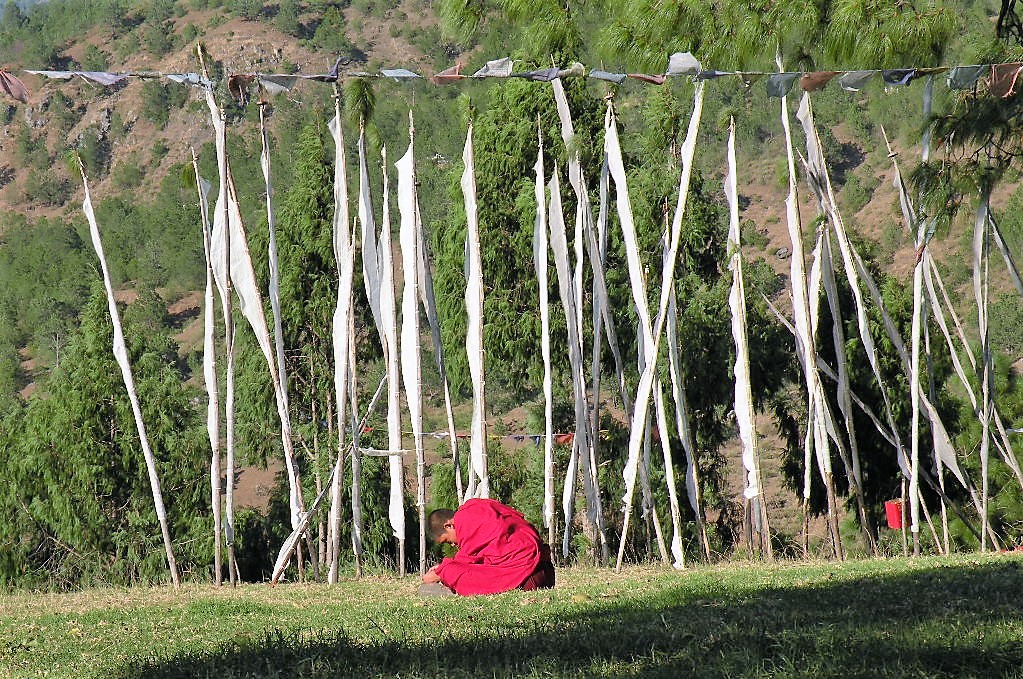

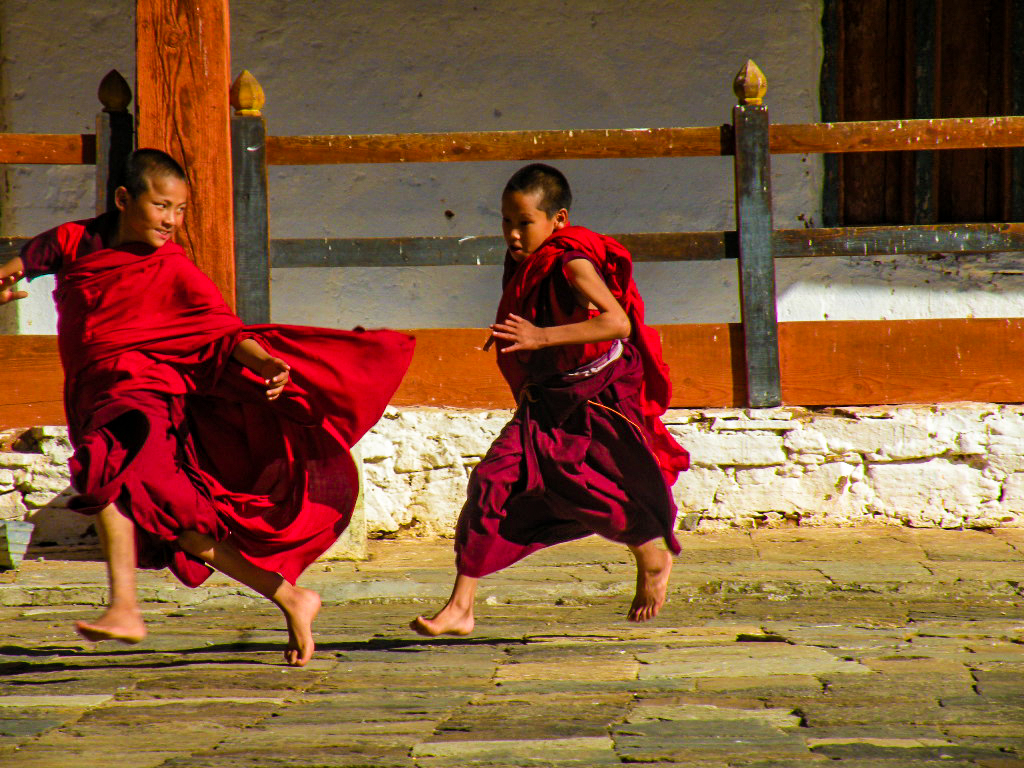

2 comments
[…] on our experiences in Bhutan. The first two posts talks about our experiences in Thimpu and Punakha valley […]
[…] This is the first post in a 3-post series chronicling our itinerary and experiences in Bhutan. Click to read about Paro and Punakha Valley […]